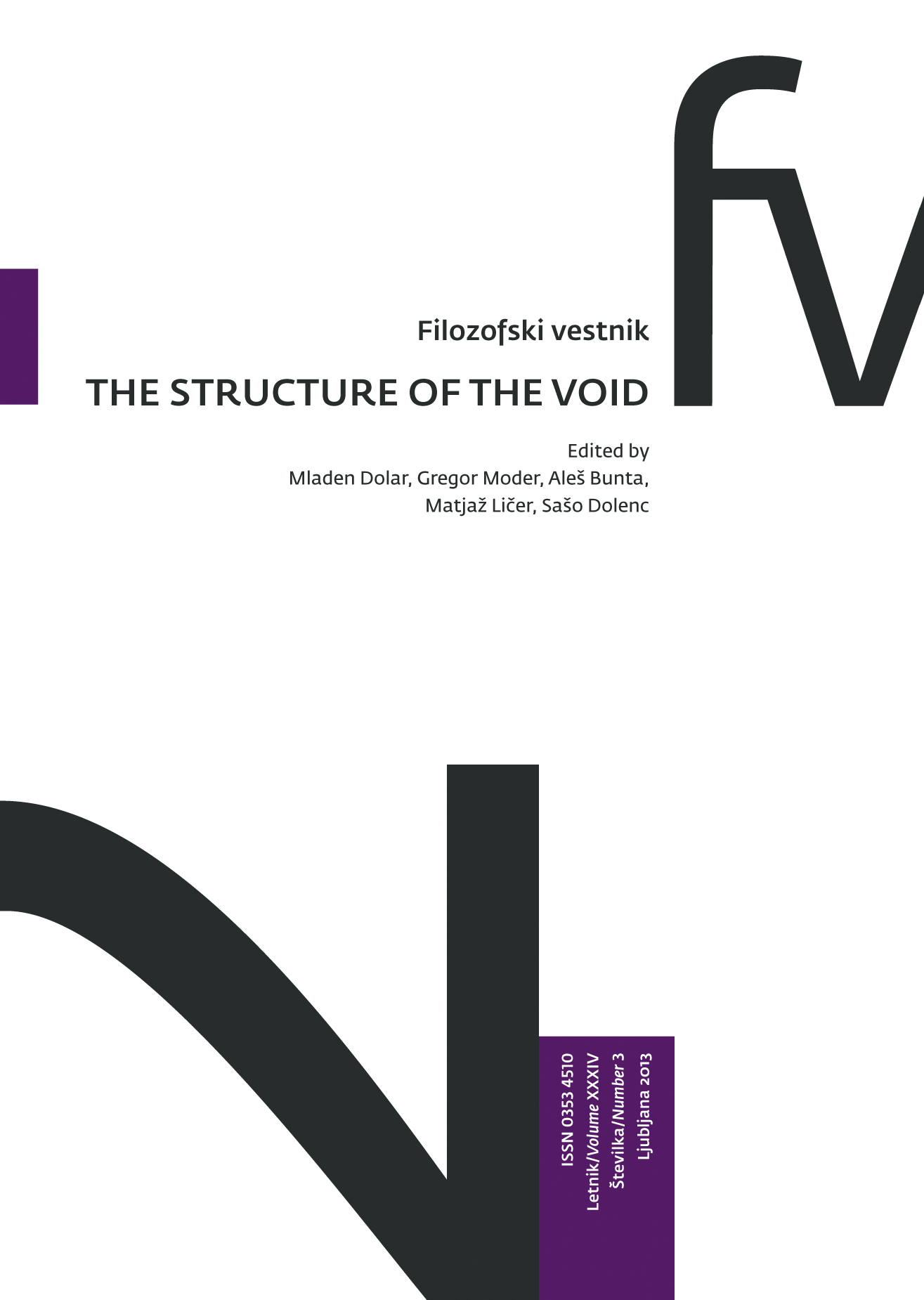Imagine There’s No Void
Povzetek
The first part of the paper addresses the ontological problems of the border. Among others, three kinds of borders are indicated: the border between something and something similar, the border between something and something different, and the border between something and nothing. The ultimate borderline of the third kind – the edge of the world – is the most problematic, and the second part of the paper is dedicated to its analysis. How is it possible that on one side we have something, but on the other side there is nothing? How is it possible to think a borderline that has only one side? Here the question of the structure of the void arises. The example of an elementary particle in contemporary physics shows that it does not have an internal structure (it does not consist of anything). However, it has a kind of external structure, which demonstrates its relational character. Respectively, one can indicate three kinds of void: the void as substance, the void as subject, and the void as universal or real. The paper investigates these three kinds of borders as applied to politics, ideology, psychoanalysis, and science.Prenosi
Podatki o prenosih še niso na voljo.
Prenosi
Objavljeno
2013-12-28
Kako citirati
Timofeeva, O. (2013). Imagine There’s No Void. Filozofski Vestnik, 34(2). Pridobljeno od https://ojs.zrc-sazu.si/filozofski-vestnik/article/view/3260
Številka
Rubrike
The Structure of the Void
Licenca
Avtorji jamčijo, da je delo njihova avtorska stvaritev, da v njem niso kršene avtorske pravice tretjih oseb ali kake druge pravice. V primeru zahtevkov tretjih oseb se avtorji zavezujejo, da bodo varovali interese založnika ter da bodo povrnili morebitno škodo.
Podrobneje v rubriki: Prispevki





